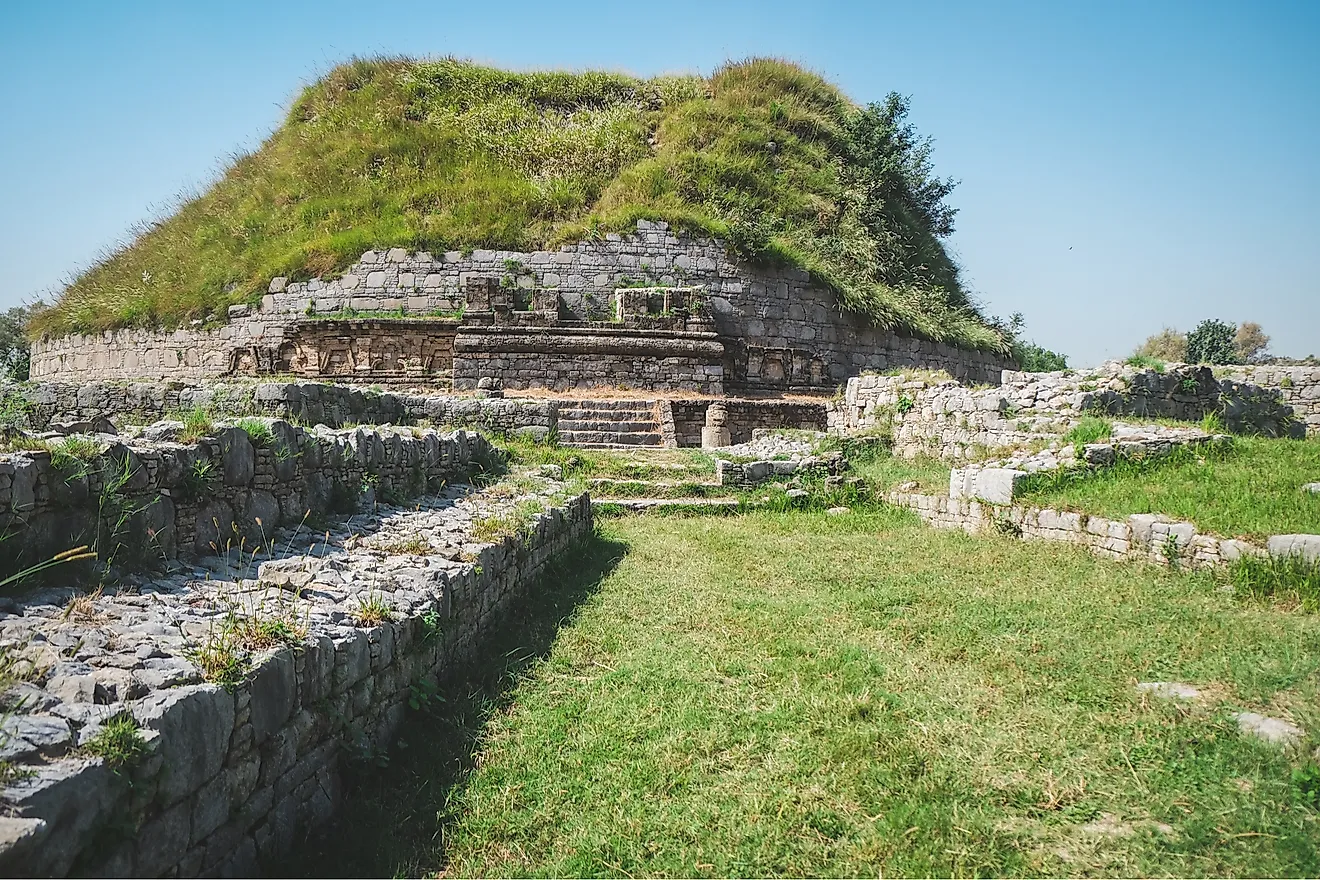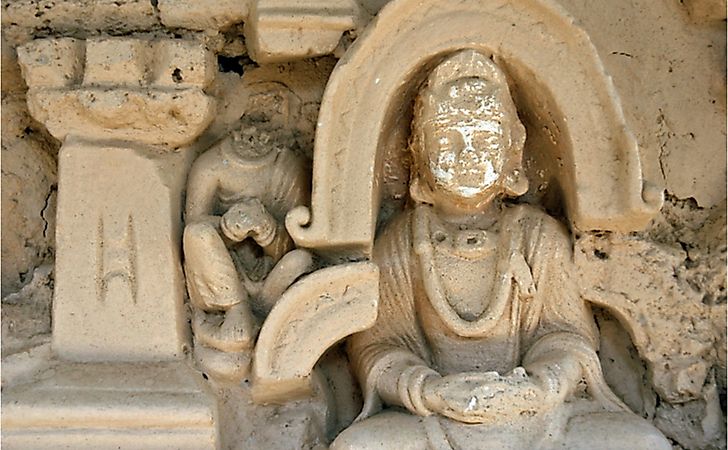The Story Of The Ancient City Of Taxila

Ancient Taxila
The ancient city of Taxila was established at the pivotal juncture of Central Asia and the Indian Subcontinent. The ruins of the ancient city are located within the modern city of Taxila in Punjab, Pakistan. It is approximately 20 mi from Rawalpindi and Islamabad. Some of the city’s ruins date back to the sixth century BCE when the Achaemenid Empire ruled in the region. Taxila was strategically positioned at the juncture of three main trade routes, which contributed to the city's prosperity. The city also contained the University of Ancient Taxila, which is regarded as either the earliest or one of the earliest universities in the world. The university served as a learning center for several centuries and attracted students until it was destroyed in the fifth century. The ruins of Taxila were designated a UNESCO World Heritage Site in 1980.
History Of Taxila
The area surrounding Taxila was occupied during the Neolithic period, and many of the ruins in the region date back to 3360 BCE. Other ruins discovered in the region date back to 2900 BCE, during the Early Harappan era. The area was abandoned after the collapse of the Indus Valley Civilization. The first significant settlement in the region was established in 1000 BCE, and by 900 BCE Taxila was engaged in regional commerce. Although Taxila was sometimes ruled as part of the Gandhara Kingdom, especially after the Achaemenid era, the city managed to establish itself as an independent city-state multiple times. It was built along the" Royal Highway" which linked the capital of the Maurya Empire, Pataliputra, with Peshawar, Pushkulavati, and parts of Central Asia including Kapisa, Bactria, and Kashmir. Given its strategic location, several kingdoms wanted to control Taxila, and therefore the city changed hands many times.
King Omphis, the ruler of Taxila, peacefully surrendered the city to Alexander the Great in 326 BCE, when Alexander invaded the Indus Valley. The Greek satraps who were left by Alexander to govern Taxila in his absence were driven out of the city by 317 BCE. Chandragupta Maurya became the leader of the city and transformed it into a regional capital. Taxila became the center of Buddhist learning during the reign of Ashoka, who was the grandson of Chandragupta Maurya. The Indo-Greek Kingdom from Bactria later annexed the city during the second century BCE. During the mid-fourth century CE, the city was part of the Gupta Empire and became known for its trade links which included spices, pearls, silverware, horses, and silk.
Decline Of Taxila

The city experienced a decline after it was invaded by the Kidarites in 450 CE. The Kidarites were later expelled from Taxila by the Gupta Emperor Skandagupta, but the city did not recover, which is partly attributed to the three-way war between Persia, the Huns, and the Kidarites. The White Huns swept through Punjab and Gandhara in 470 CE, destroying Taxila’s Buddhist monasteries and stupas. The city languished from 500 CE to 540 CE while part of the Hunnic Empire. When Chinese Buddhist monk Xuanzang toured India from 629 CE to 645 CE, he also visited the half-ruined and deserted Taxila. Xuanzang discovered that most monasteries were desolate and ruined, and only a few monks remained. Xuanzang also reported that the city was dependant on Kashmir and its leaders were fighting against each other for power.











